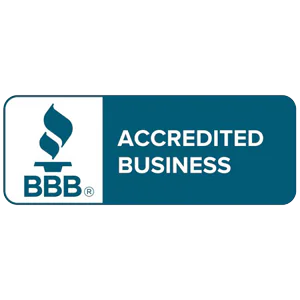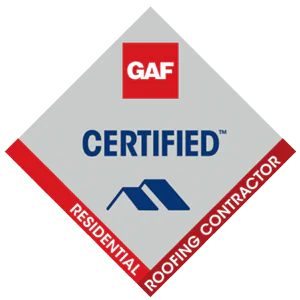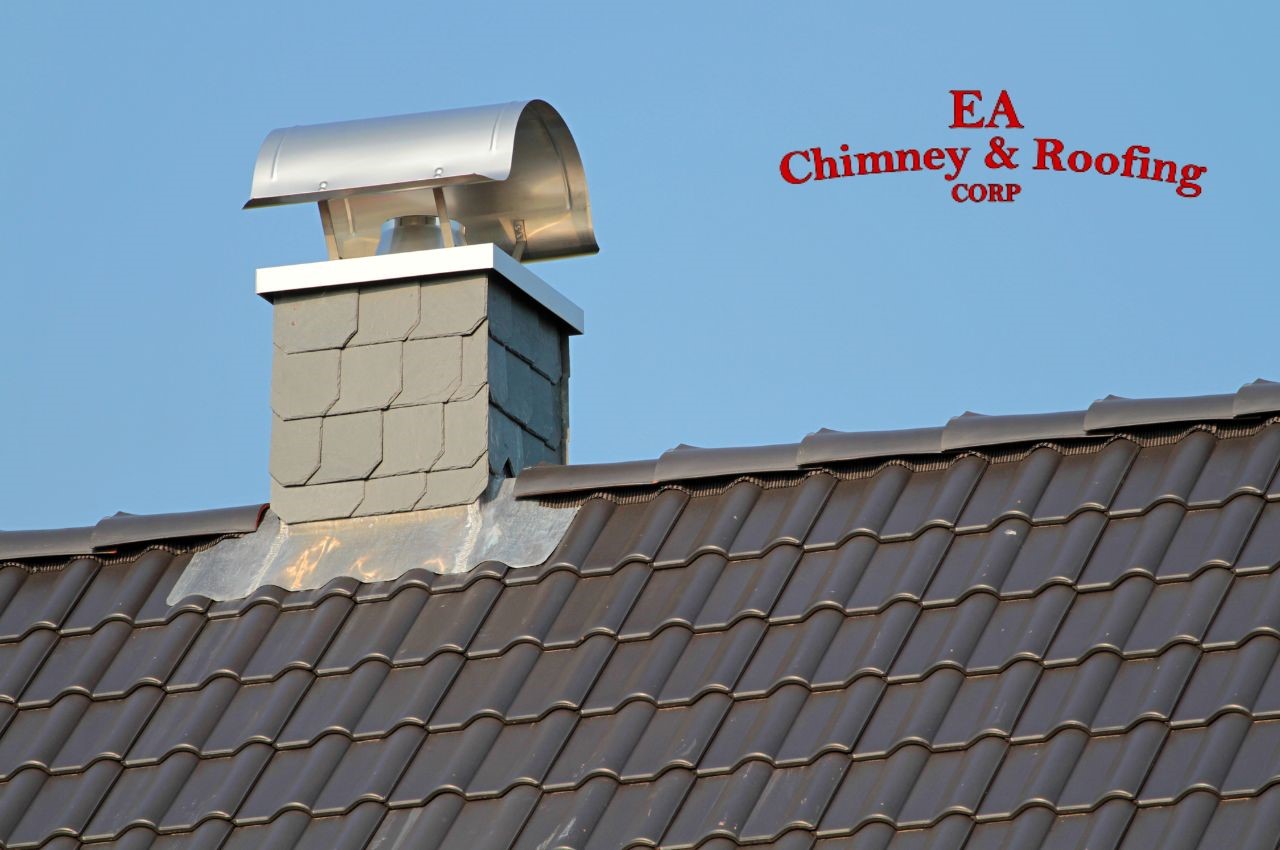
Different Types of Chimney Liners | EA Chimney & Roofing
- February 28, 2023
- EA Chimney and Roofing Corp.
If you own an older home with a chimney, it’s essential to ensure it is properly lined. Especially when different types of chimney liners offer various levels of protection. Still, all are crucial in providing your chimney and fireplace run safely and efficiently.
Not only can it prolong the life of your chimney, but a properly installed liner can also help protect your home from dangerous fire hazards. EA Chimney & Roofing is here to help you understand different types of liners to determine which one will best suit your needs.
Keep reading for more information!
Different Types of Chimney Liners: An Overview
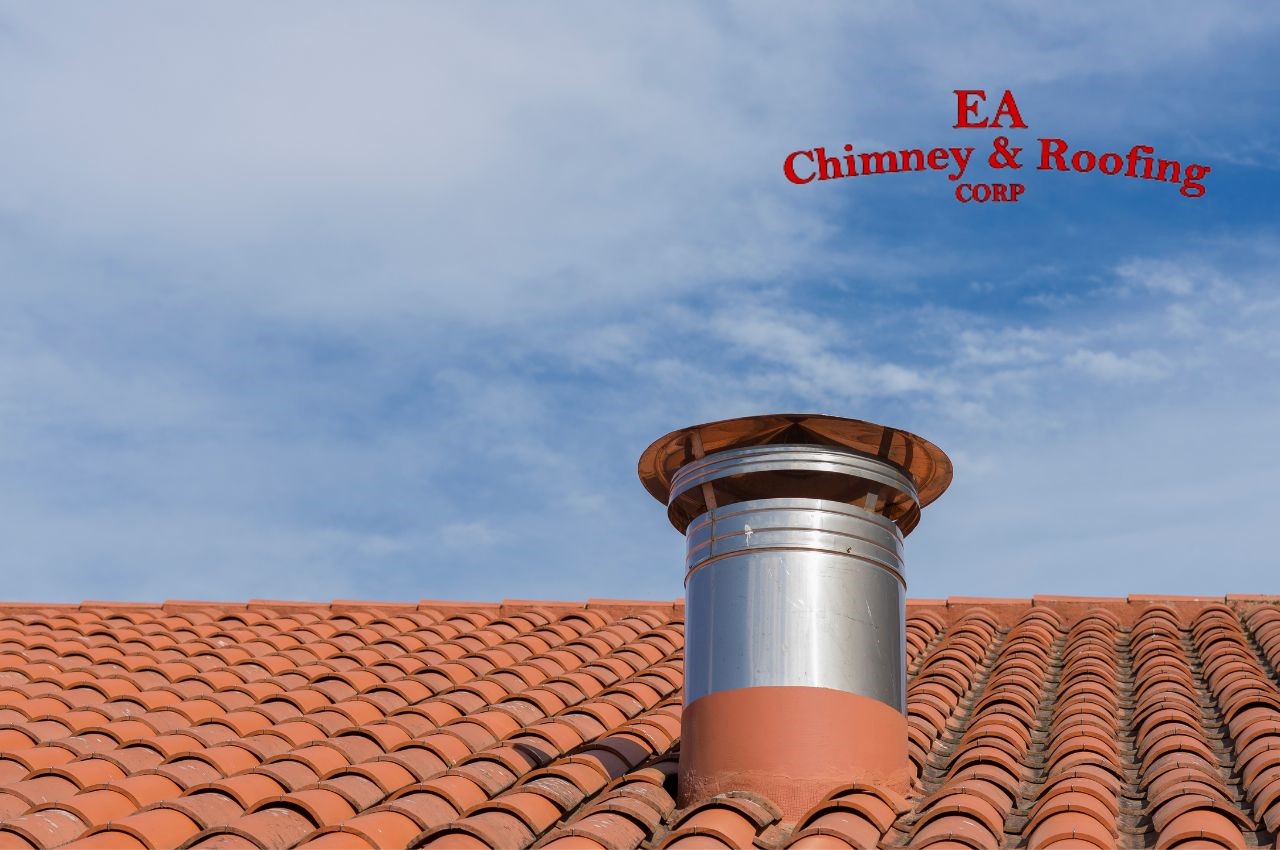
Chimney liners are a vital component of any chimney, playing an essential role in safety and efficiency. There are several types of chimney liners, each with unique benefits.
Importantly, Stainless Steel, Clay Tile, Cast-In-Place, and Aluminum are the most commonly used chimney liners.
Stainless Steel
In detail, stainless steel is the most popular choice for many homeowners due to its many advantages, including its lightweight design, durability, and high corrosion resistance. However, it can also be more expensive than other materials available.
Additionally, stainless steel may not withstand higher temperatures and, as such, should not be used for wood-burning or coal-burning applications.
Clay Tile Liners
Also, clay tile is a common option for those looking for an economical choice that still offers excellent protection from the heat generated by a fire. In fact, clay tiles are durable and withstand high temperatures better than stainless steel.
However, they can be difficult to install and require regular maintenance to prevent cracking or flaking.
Cast-in-Place Liners
Cast-in-place liners are made of mortar, or cement applied directly to the chimney’s walls and allowed time to harden before use. This liner provides excellent insulation while resisting condensation problems that may arise with other materials like clay tile or aluminum.
Although it is relatively easy to install, this liner requires much more maintenance than other materials. It must be inspected regularly for cracks or damage caused by weathering.
Aluminum Liners
Aluminum liners are one of the least expensive options on the market and offer excellent protection from heat transfer between the fireplace and flue gasses in the liner. However, aluminum tends to erode over time, leading to significant damage if left unrepaired.
Surprisingly, it also does not bond well with masonry surfaces. So installation must be done carefully to ensure a proper fit within the chimney structure.
Reminder
Each type of chimney liner has its own set of advantages and disadvantages. Understanding these will help you determine which material best suits your needs based on cost.
Also, installation, effectiveness at protecting your home from heat transfer, appearance, maintenance requirements, and expected lifespan. Ultimately allowing you to make an informed decision when selecting a chimney liner for your home!
What Are the Benefits of Chimney Liners?
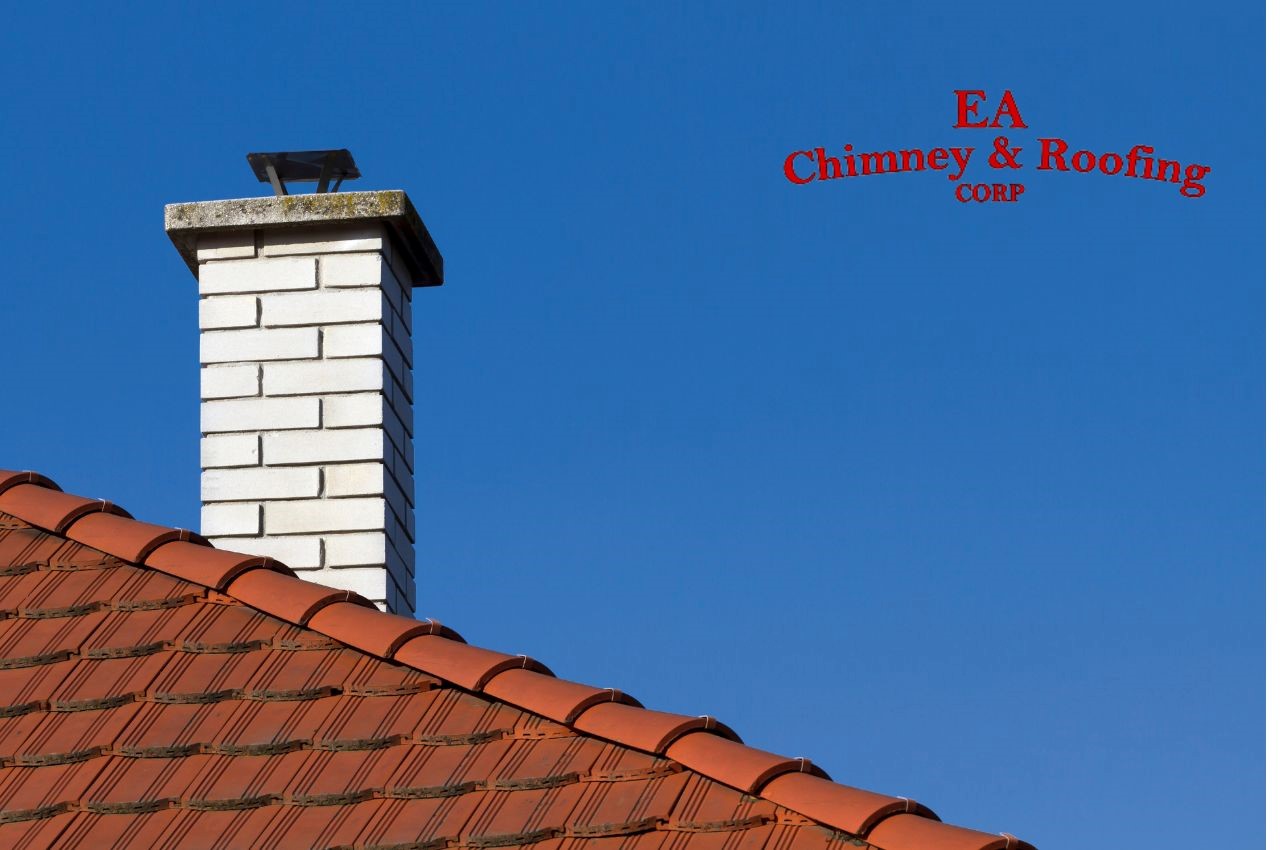
Chimney liners are essential to keeping your home and family safe during cold winter months. Not only do they protect the chimney structure itself, but also your roof, walls, and other nearby combustible materials.
Here are some of the benefits of having a properly installed chimney liner in your home:
Increased Efficiency
Chimney liners help improve your fireplace’s efficiency by supporting proper draw from the fire, reducing heat loss, and improving airflow. This can result in cost savings over time as you won’t have to use more fuel to get the same warmth.
Cost Savings
By increasing efficiency, reducing fire risks, and keeping air quality high, installing a chimney liner can help you save money on heating bills over time. An improved burn also means you’ll need less fuel to produce the same heat.
Reduced Carbon Monoxide Levels
A properly-installed chimney liner helps to reduce the risk of exposure to dangerous levels of carbon monoxide inside your home. It will effectively channel gas out of the house instead of letting it leak into living spaces.
Reduced Risk of Fire & Water Damage
Liners create an additional barrier between combustible materials, such as wood, near the firebox and reduce the risk of damage caused by hot embers. A properly sized and installed liner helps direct water away from sensitive parts of your chimney system. In detail, reducing the risk of water damage caused by rain coming down the flue.
Improved Safety
The single most important benefit of installing a chimney liner is improved safety for all occupants in the house due to reduced chance of fire or smoke hazards. With a properly installed lining, any fire in the fireplace is contained within the chimney’s walls, preventing potential danger from spreading throughout your home.
Extended life
Chimneys lined with stainless steel liners can last much longer than those without them due to increased protection against wear and tear caused by moisture and extreme temperatures. This means you won’t have to worry about costly repairs or replacements down the road!
By investing in a properly installed chimney liner today, you can rest assured that your home and family will remain safe and secure for years!
Do you Need Professional Assistance?
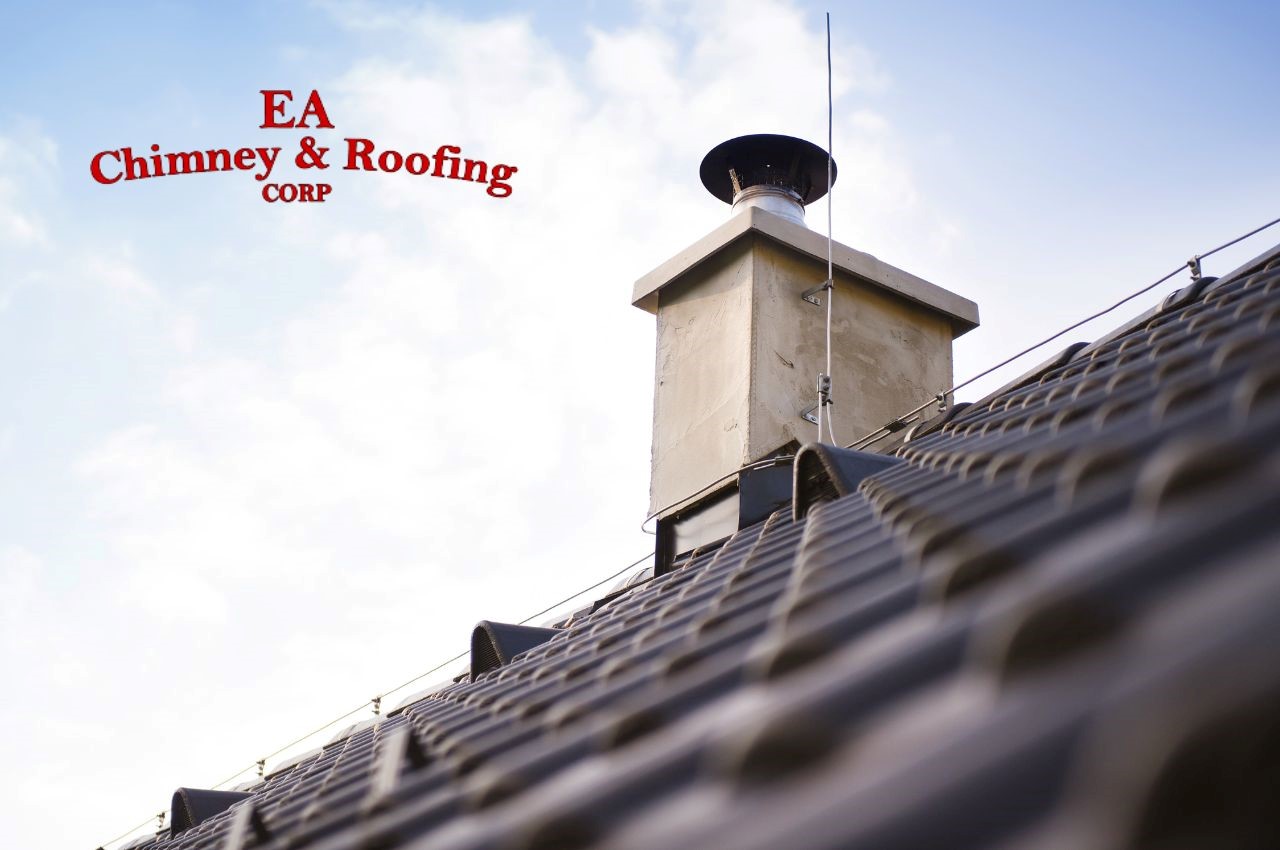
After knowing everything about chimney liners, it is time that you select the perfect chimney line for your home. However, if you feel that you need professional help.
Relax and call EA Chimney & Roofing. We are a licensed and insured company with over 15 years of experience providing chimney services to our clients in Jamaica, New York, and surrounding areas.
Get in touch with us today!


